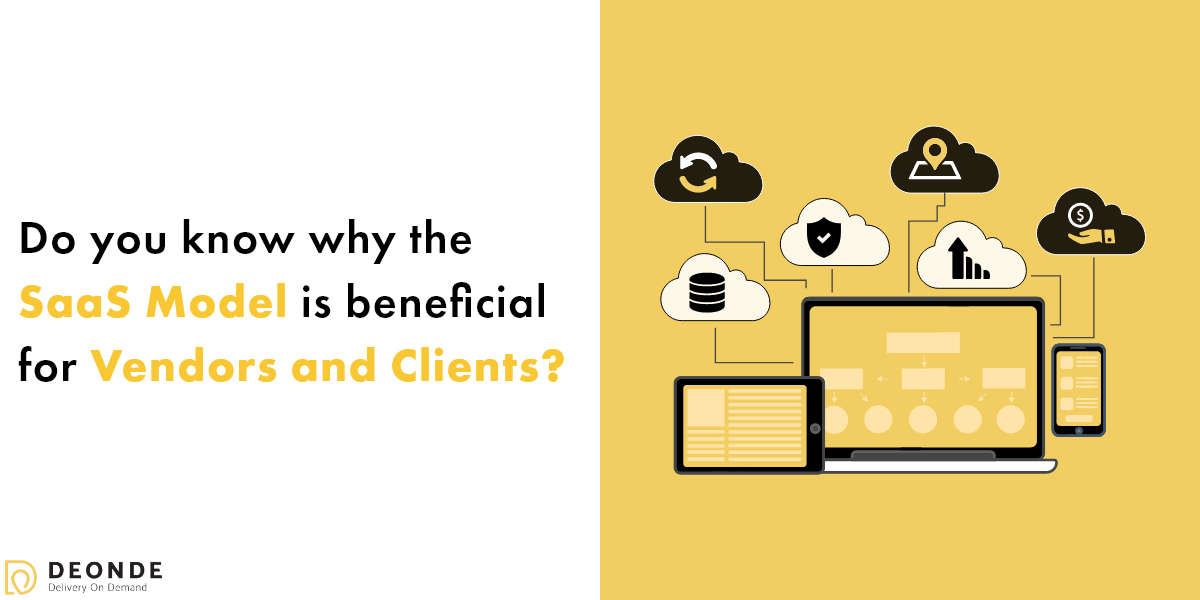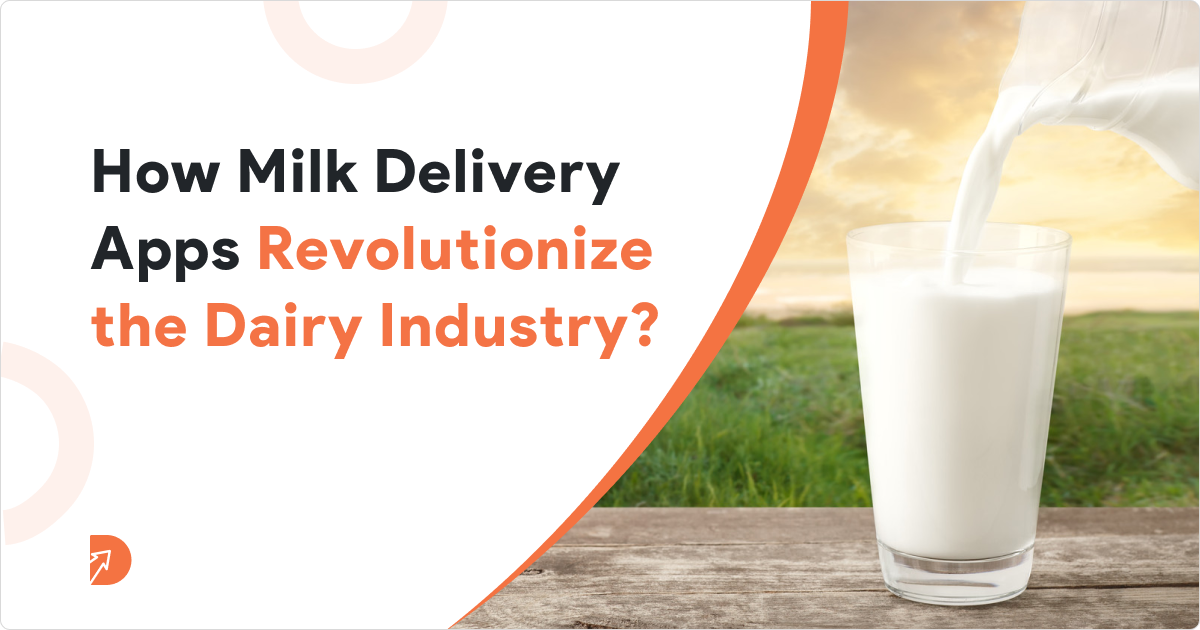Software as a Service is perceived to be the IT industry’s most popular segment. Research notes that the use of SaaS has so far mainly focused on human resource management, customer relationship management, collaboration applications, and procurement solutions. But it is likely to expand. Forrester Research analysts projected the average annual market value growth is 56.2 per cent and expected that it would continue to solidify at a rate of 18.9 per cent each year by 2020.
This makes sense the rapid expansion of the SaaS industry is no surprise to us. This kind of business model has many advantages that attract new investors to adopt the technology itself. On the other hand, businesses are more likely to choose SaaS over on-site applications, as this solution is more convenient and stable.
Also Read: How Does Monthly Subscription Based Online Grocery Ordering Software Work?
Benefits to customer
-
PAY PERUSE
There are no added costs related to purchasing of a SaaS application, as no license fee is needed. Customers are not compelled to buy a whole item. If a customer needs a piece of software for a limited time or one reason, they only pay for a specified period. Usually, subscriptions can be stopped at any time. The threat to the buyer is reduced to a minimum.
-
COST-EFFECTIVE SOLUTION
You pay for what you need with SaaS, without having to buy software to house your new applications. Instead of provisioning existing resources to install the software, the seller offers APIs and executes most of the work to get their software running for you. The time to a workable solution can drop from months in the traditional system to weeks, days, or hours with the SaaS model. In some companies, IT does not want a marketing app to be downloaded and run. In the particular instance of funding operating system and its execution, this can be a create-or-break concern for the marketing and sales budget. The lower cost makes the difference here.
-
Accessible from any locations
The restricted availability of licensed software is among the significant drawbacks. Typically, a license is committed to a defined number of devices, and you cannot use it on any other devices. With SaaS, the story is different. You can access it from every device with the Internet connection at any time. When operating with a computer, it increases your flexibility and autonomy.
-
Updates are automated
Once you buy and install the licensed software on your computer, you need to update it to keep it with the trend steadily. However, if you are using cloud software, a SaaS provider will manage and install all the updates. You do not have to download and install any patches for your software. It will be automatically done for you.
-
COMPATIBLE ACROSS MULTIPLE DEVICES
Location is not the only benefit of SaaS when we take into account ease of access. This sort of software distribution model allows a user to connect it from different systems. Leveraging code is even more straightforward for a client.
-
Personalization and customization
Products supplied in the SaaS system can be easily adapted to the needs of individual customers. Most of these businesses allow set subscription charts, but they also provide the option of adjusting configurations and features to fulfil customer needs more effectively. Price is, of course, determined individually according to custom software. Additionally, most SaaS providers provide access to their APIs to enable you to integrate with existing systems.
Also Read: Pros And Cons Of Monthly Subscription (SaaS) Model For Food Ordering And Delivery System
Benefits to vendors
-
Stability and Predictability
It is much easier to determine profits making assumptions based on standard subscriptions. SaaS business model helps you to track all incoming payslips, specific customer agreement expiry, subscription plan adjustments, etc. The risk of a sudden decline in sales is reduced. SaaS model made it much easier for the vendors to operate in general.
-
No Piracy
As a SaaS vendor, you do not sell a certificate for your software. You supply it to your clients on pay-for-use grounds or as a subscription premised on use criteria. The cloud becomes an information portal for SaaS systems that can only be accessed by paying customers. It declines the risk of someone pirating your code while you handle your data-hosting servers.
-
Easier Expansion to Foreign Markets
You do not need resellers or intermediaries to support you in the SaaS business model’s delivery. Since your service is Web-based software, access to the Internet is the only thing you need to sell it internationally.
-
Reduced time to benefit
The software framework has already been developed and configured in the SaaS system. Users can provide the cloud service and get the software set for use immediately. It reduces the time to profit and allows rapid presentations and debugging. With many SaaS companies providing free services, this ensures a hassle-free notion and discovery process to demonstrate the advantage to the entity. User-friendly interface for order writing and quick upload of online catalogues and client lists give sales personnel tangible benefits without long waiting times.
-
Service Delivery Automation
The smartest thing about the SaaS model’s operation is its automation. The system works 24/7, so at any time of the day, you can win new customers. There will always be a massive bunch of consumers accessing the website without a doubt and purchasing a subscription plan simultaneously. It implies that you get income even when you and your whole personnel stay in bed.
-
Network Effects
This industry is under tremendous word-of-mouth advertising control. The more individuals, the more opportunities it will plump up, use a device. Consumer preferences are heavily based on influencer, blogger, and opinion leaders ‘ opinions.
Final words
The demand for SaaS continues to increase. In reality, if everything goes as planned, the SaaS market will be worldwide by 2020. While the continued implementation of systems such as CRM and ERP will be much of this acceleration, point solutions will continue to evolve to fill gaps in the sales and marketing spectrum.
Do you have questions about SaaS? Would you like to suggest a resource or share a SaaS story? Share it with us here. If you want to have on-demand solutions, check out this page. We offer a range of on-demand solutions.
- Pros And Cons Of Monthly Subscription (SaaS) Model For Food Ordering And Delivery System
- Empower Restaurant Business With Monthly Subscription Of Food Ordering And Delivery Solutions From DeOnDe
- SaaS-Based Online Food Ordering And Delivery App: Launch Your Complete System In Just 3 Days
- SaaS-Based Solutions vs On-Premise vs Off-Premise Cloud-Based Solutions For Startups & Businesses



